cut back perennials when?
yardmartyr
17 years ago
Related Stories

PLANTING IDEASWant a More Colorful, Natural Garden? Try a Perennial Meadow
Spend less time tending and more time taking in the sights by improving on Victorian and prairie garden designs
Full Story
GARDENING GUIDESTop 12 Summer-Blooming Perennials for Deer-Resistant Drama
Can you have garden color, fragrance and exciting foliage with hungry deer afoot? These beauties say yes
Full Story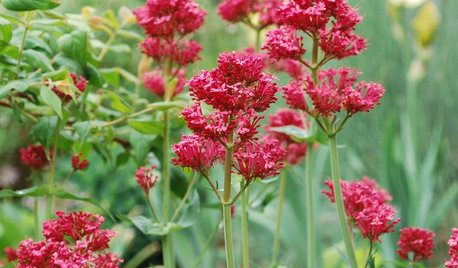
GARDENING GUIDES6 Lovely Water-Wise Perennials for High Altitudes
Even if your climate is cold and dry, you can still celebrate spring with these hardy and colorful perennials
Full Story
GARDENING GUIDES7 Ecofriendly Gardening Ideas That Also Cut Chore Time
Spend less time weeding, less money watering and more moments just sitting back and enjoying your healthy garden
Full Story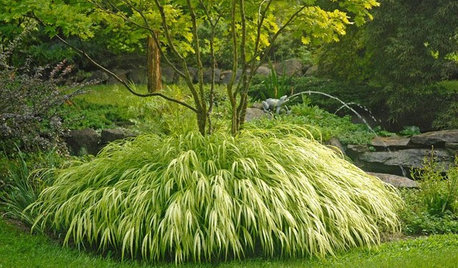
PRODUCT PICKSGuest Picks: 20 Gorgeous Perennials to Plant Now
Take advantage of warm spring weather to create a colorful garden with blooming plants, succulents and ornamental grasses
Full Story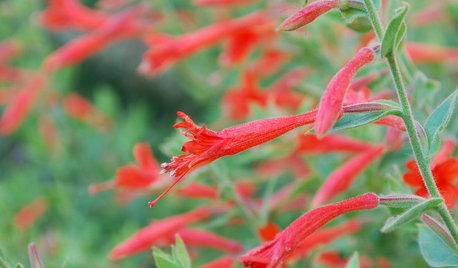
SUMMER GARDENING6 Water-Wise Perennials for Blazing High-Altitude Summers
Scorching weather and high elevations don't have to mean scraggly plantings. These blooms are as gorgeous as they are tough
Full Story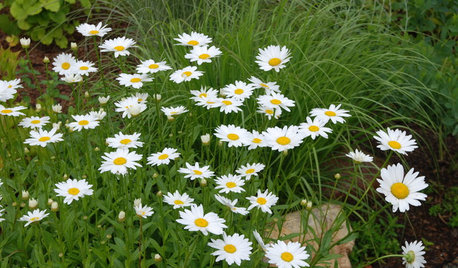
FLOWERSBest Cutting-Garden Beauties for Late Summer
Pick blooms bursting with color or in classic white for bouquets to give away or keep all to yourself
Full Story
CONTRACTOR TIPSBuilding Permits: When a Permit Is Required and When It's Not
In this article, the first in a series exploring permit processes and requirements, learn why and when you might need one
Full Story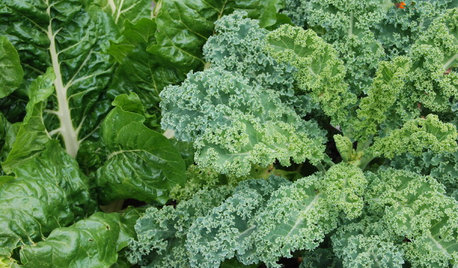
FALL GARDENINGFrost-Hardy Foliage That Loves a Cold-Climate Garden
When winter cuts a bleak swath through other plants, these edibles and perennials flourish brilliantly
Full Story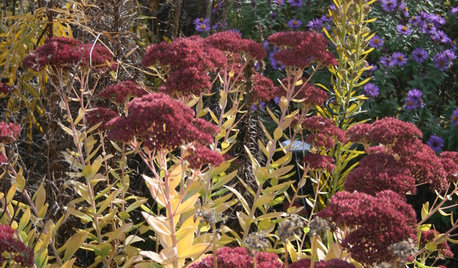
GARDENING GUIDES8 Perennials for Great Fall Color
Trees haven't cornered the market on autumn splendor. Add these flowering perennials for a foliage sight to behold
Full StorySponsored
Custom Craftsmanship & Construction Solutions in Franklin County
More Discussions







anitamo
yardmartyrOriginal Author
Related Professionals
New Bedford Landscape Architects & Landscape Designers · Wrentham Landscape Architects & Landscape Designers · Citrus Heights Landscape Architects & Landscape Designers · Folsom Landscape Architects & Landscape Designers · Glassmanor Landscape Architects & Landscape Designers · Walnut Landscape Architects & Landscape Designers · Concord Landscape Contractors · Middle River Landscape Contractors · Rockville Landscape Contractors · Wentzville Landscape Contractors · West Chicago Landscape Contractors · Charlotte Driveway Installation & Maintenance · Chattanooga Driveway Installation & Maintenance · Concord Driveway Installation & Maintenance · Thornton Driveway Installation & Maintenanceanitamo
pondwelr
madisonkathy
gardenkitten
Oswegian